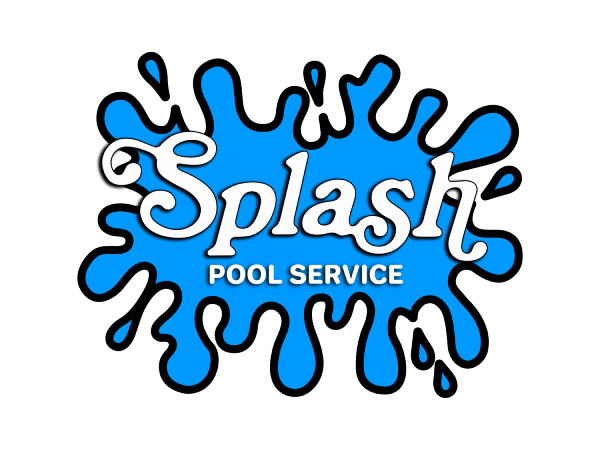What is Algae?
Algae are tiny plants that thrive in untreated water. You can spot their presence by the slimy layer they form on the pool’s sides and floor, which gradually turns the water cloudy. They especially flourish under intense sunlight, which not only warms the water but also speeds up the loss of chlorine, a chemical that normally keeps algae at bay.
Common Types of Algae:
Green Algae:
Green algae is the most common form of algae. It appears as a streaky, slimy buildup, first noticeable on steps, in corners, and on the plastic surfaces of skimmers and return fittings.
Yellow or Mustard Algae:
Yellow algae, also known as mustard algae, usually starts on the shady side of the swimming pool. Yellow algae has the same slimy texture as green algae. Yellow algae thrives in shade, and will often appear in covered pools. This form of algae grows in a long, streaky pattern, appearing on pool walls, in corners, and on steps and loveseats.
Black Algae:
Black algae is a tough and persistent type of algae, often manifesting as small black dots that can grow into larger patches if untreated. It thrives in conditions of poor circulation and filtration.
Black algae, notorious for its stubbornness and resilience, often becomes deeply ingrained in plaster, making it a challenge to eradicate completely. Even high levels of chlorine and algaecides may fail to eliminate it once it has significantly progressed. Methods like draining and administering an acid wash or chlorine bath are not always effective. In some cases, the only sure way to thoroughly remove black algae is by re-plastering the affected surface.
For more detailed information and removal steps, be sure to check out our blog post on effectively eliminating black algae from your swimming pool.
What Causes Algae?
Algae spores are everywhere. These microscopic single-cell structures are blown into the pool by the wind, washed into the pool by rainfall, or carried into the pool on swimmers’ skin or bathing suits. Under the right conditions, tiny spores will bloom into those dreaded bright green, mustard yellow or black discolorations.
Inadequate filtration will often lead to algae growth.
Water clarity depends on daily circulation and filtration. Anything that impedes water flow through the pool filter will encourage algae growth. Common issues include: Clogged skimmer baskets, a dirty or damaged filter, a defective pump or motor, or a failure to run the pump for an adequate amount of time each day. The first warning sign of a filtration problem is hazy or cloudy water. Left unchecked, cloudy water can quickly lead to a full-fledged algae bloom.
Algae can develop when little or no chlorine is present.
Sunlight, rainfall, temperature, number of swimmers and frequency of pool use affect the rate of chlorine loss. The lower the chlorine level, the more likely algae will bloom. Super-chlorination, coupled with the application of conditioner or stabilizer designed to shield residual chlorine from the effects of heat and sunlight, helps ensure that there is always sufficient chlorine in the pool. Spas, which are often heated to temperatures well above 100 degrees, are especially susceptible to algae growth.
Algae loves a dirty pool!
Leaves and dirt left on the bottom of the pool for an extended period of time, not only promotes algae but also causes pool staining. The longer you allow leaves and other debris to sit on your pool floor, the more likely that you’ll see algae, and staining. In a dirty pool, algae will continue to bloom, even when the water chemistry is properly balanced.
What can you do to prevent Algae?
Make sure the following basic maintenance is being done: Check and balance chemicals. Make sure all filters and leaf baskets are clean. Make sure pool is regularly cleaned of debris and brushed.
Some spots of dead algae may remain on your pool walls, even after chemical treatment. Brushing the pool walls with a nylon bristle or stainless steel pool brush will remove dead algae, and help keep live algae from forming.
Make sure the pump timer is set to run 8 or more hours daily during the summer and 6 or more hours daily during the winter.
Periodically check to make sure the water is circulating adequately
Make sure your filter is clean and your baskets are empty.
After using your spa, adjust the valves so that the pool water will flow through the spa and into the pool when the filtration system is running. This will replenish chlorine-dissipated spa water with chlorinated water from the main part of the swimming pool.
If pool is covered, remove your pool cover one day per week to allow the water to “breathe”. For best results, uncover the swimming pool on your regular scheduled service day.
